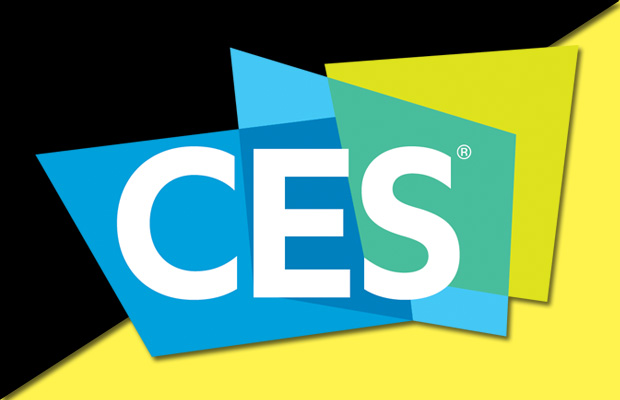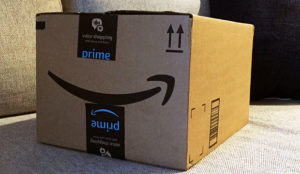Since launching the original Echo smart speaker in 2014, Amazon has expanded its line of Alexa voice-activated devices to reach a dominant position in the marketplace.
Realizing it has a bit of catching up to do and possibly may need to redefine the ground rules, Google this week put the consumer electronics world on notice that this no longer is a one-horse race.
Google threw down its gauntlet at CES 2018 in Las Vegas. Its plans include not only expanding its Home smart speaker line, but also changing the entire conversation about the appliances and electronics that can form the basis of a smart home ecosystem.
“In 2016 our data predicted that smart assistants would move beyond dedicated speakers to a wide range of connected household devices, and we continue to believe that will be true,” Mark Beccue, principal analyst at Tractica, told TechNewsWorld.
Rapid Market Growth
The smart speaker market has expanded rapidly in since 2014, with an installed base of about 27 million devices as of the end of September, according to Consumer Intelligence Research Partners. Amazon’s Echo line controlled about 73 percent of that market, while Google Home, which debuted in late 2016, controlled the remaining 27 percent.
The market is still growing fast, with smart speakers among the top-selling devices at Amazon. Google is the closest direct competitor, and no other company is even in the game.
Apple last year announced plans to launch a high-end HomePod speaker, but it mysteriously delayed the launch.
Google Assistant — the artificial intelligence software that powers Google Home — has expanded to more than 400 million different devices worldwide, according to Scott Huffman, vice president of engineering for Google Assistant.
Google Assistant soon will be coming to more than a dozen voice-activated speakers, including Altec Lansing, Anker Innovations, Bang & Olufsen, Braven, iHome, JBL, Jensen, JB, Klipsch, Knit Audio, Memorex, Riva Audio and SoLIS, Huffman said.
Smart View
Google Assistant also will be built into smart displays, said Huffman, allowing users to make video calls with Google Duo, watch YouTube videos, and search for pictures in Google Photos. The technology will be introduced in four new display devices this year, including JBL, Lenovo, LG and Sony.
The Lenovo Smart Display stands up like a picture frame on your desk or counter, featuring a full color 8- or 10-inch HD display. It has weather, news and calendar functions. It allows users to do video calls with Google Duo, provides YouTube video access, and manages all connected devices in the home.
The 8-inch model starts at US$199.99 and the 10-inch at $249.99. Both will be available this summer.
Only the Beginning
Qualcomm earlier this week announced the launch of two Qualcomm Home Hub platforms that support Google’s Android Things. The hubs are based on Qualcomm’s SDA624, which powers the Lenovo Smart Display. SDA212 System on Chips are designed to help developers and OEMs develop fast and efficient hubs based on Google Assistant and related Google services.
The platforms could help speed the development of new digital assistants, touch displays, video cameras and immersive media, Qualcomm said, noting that Harman and Lenovo were working with Qualcomm on new products, including the Lenovo Smart Display, which uses the Qualcomm Home Hub platform.
“We’ve seen tremendous excitement with the Lenovo Smart Display, LG Smart Speaker, Harman/JBL working with our Home Hub platform — and this is just the beginning,” said Qualcomm spokesperson Liz Sweeney.
“Overall, AI-enabled devices with voice interaction have been a major trend at CES,” she told TechNewsWorld.
Qualcomm is looking forward to seeing what AI-enabled home devices are enabled using Android Things, Sweeney added.
Among the major smart hub announcements from third-party partners is the Milo, from Hogar Controls, representing the first combination of smart speaker and home hub that includes support for Z-Wave Plus and the Google Assistant. Z-Wave is an alliance of more than 2,100 products from 600 companies. They include interoperable IoT devices ranging from tools to sensors, energy devices, entertainment controllers, lighting and other systems.
The Milo, which includes a built-in three microphone array, WiFi, Bluetooth 4.0 and support for Zigbee devices, can control hundreds of devices around the home. It will be available later in the first quarter for $149.00.






















































